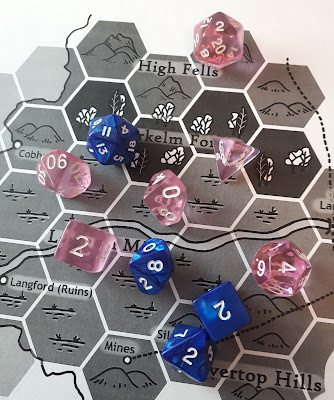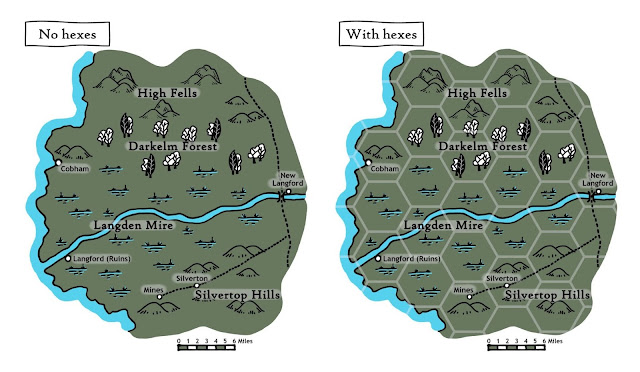Over the next few months I’ll be running a new D&D 5e campaign set in Ptolus . Ptolus is a fantasy city setting that was originally released in 2006 for D&D 3e. Monte Cook Games has recently released a 5e and Cypher conversion - I will be focusing on the 5e version in these posts since I haven’t got around to looking at the Cypher system yet. Ptolus is an incredibly detailed fantasy city, described in a 672-page behemoth of a sourcebook. The setting is great for D&D since it brings together city and dungeon adventures. The city of Ptolus is a tinderbox of many different factions and organisations. Local government, noble houses, religions, guilds, businesses, law enforcement, crime syndicates, secret societies, and evil cults all strive for supremacy. At the same time, the recently rediscovered Dungeon beneath Ptolus is being plundered by Delvers, adventurers who come to Ptolus seeking gold and fame. Towering over Ptolus is The Spire, a three thousand foot column ...






